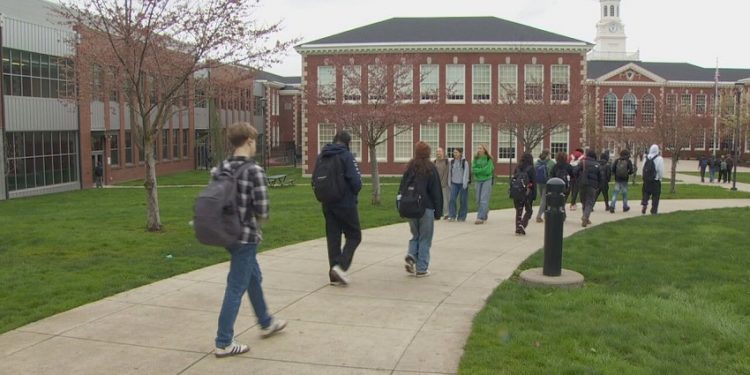Astoria, OR – The issue of chronic absenteeism is becoming a pressing concern in Oregon, as alarming rates of students missing significant school time continue to rise. A bipartisan group of lawmakers, including Oregon State Senator Suzanne Weber (R-Tillamook) and State Representative Hoa Nguyen (D-Portland), is leading the charge to find solutions to this escalating problem.
Chronic absenteeism, defined as missing more than 10% of school days in an academic year, has long been a concern in Oregon schools. However, the COVID-19 pandemic exacerbated the issue, with many students withdrawing from school altogether or losing interest in attending. According to Senator Weber, while absenteeism was an issue before the pandemic, COVID-19 highlighted and amplified the challenge, making school attendance feel less urgent for many students.
“The situation is alarming across the board,” said Senator Weber, adding that absenteeism rates are significantly higher in Oregon’s largest school districts. Within the state’s 10 largest districts, chronic absenteeism rates range from 33% to 48%, well above the national average of 26%. “We have about 38% of our students here in Oregon who are chronically absent,” she remarked.
The numbers are stark: between 2019 and fall 2024, Oregon’s public schools lost over 37,000 students. Legislators are now examining successful programs in other states, hoping to implement proven strategies to encourage attendance and improve student engagement. Key to these efforts, Weber emphasized, is fostering community involvement and ensuring students have the support they need to stay in school.
The impact of chronic absenteeism is felt not only in academic performance but also in the overall well-being of students. Lisa Kinsel, the president of the Oregon PTA, stressed the importance of early intervention, noting that absenteeism often begins as early as kindergarten. “We hear parents say, ‘It’s just kindergarten,’ but that’s when the pattern of absenteeism starts,” Kinsel said. “The issue is not just in high school; it’s a concern at all grade levels.”
Kinsel also pointed to the financial challenges schools face, particularly during times of funding shortages. “When budgets are cut, the first staff to go are our school counselors, nurses, and mental health professionals,” she explained. “Many students, especially in upper grades, need that support to feel a sense of belonging and a reason to show up every day.”
As lawmakers continue to craft legislation aimed at tackling chronic absenteeism, they remain focused on improving the overall learning environment. The goal is not only to increase attendance rates but also to ensure that students who are in school are engaged and supported. The workgroup’s efforts aim to create lasting change in Oregon’s education system, ensuring that all students, regardless of their background or grade level, have the resources and encouragement they need to succeed.
The need for action is clear, and with the combined efforts of lawmakers, educators, and the broader community, Oregon is working toward a future where every student is present and accounted for in the classroom.













